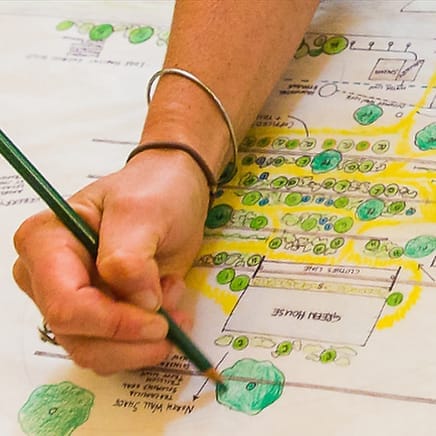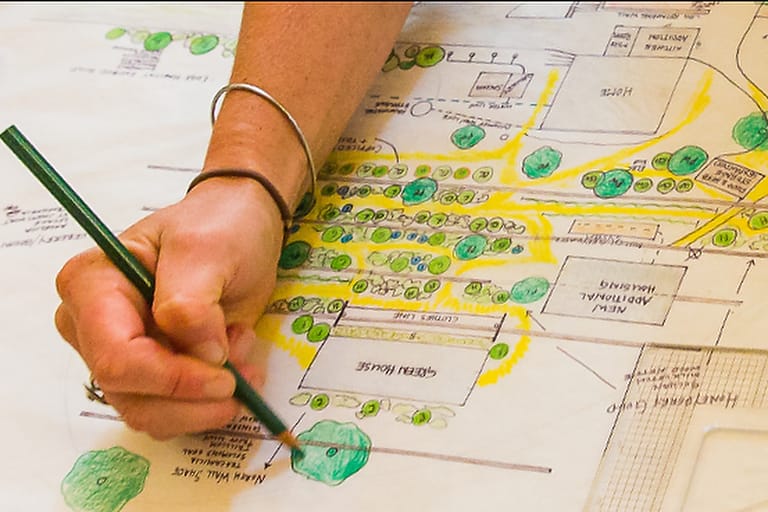On This Page
We welcome you to read through this page for a whole-picture perspective on the Permaculture Design Course. If you’re looking for specific information, you can use the following links to skip around:
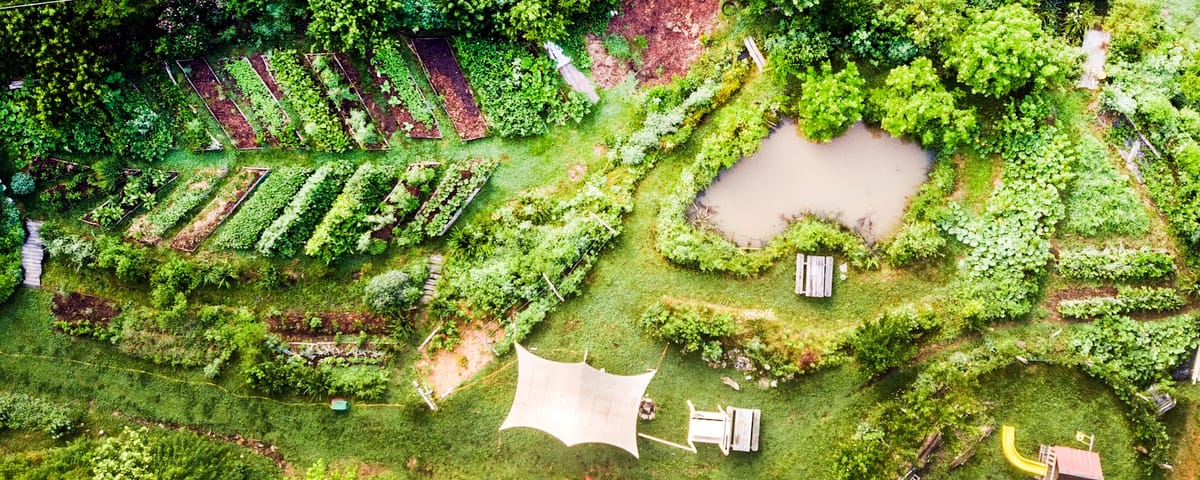
An immersive approach to learning permaculture design.
This permaculture design course (PDC) engages the mind, body, and heart. Together, we’ll learn through a variety of engaging mediums: lively lectures, hands-on projects, and collaborative group exercises.
Students get to see permaculture in action at the Wild Abundance Campuses where the class takes place, plus we’ll visit other local permaculture sites. Throughout the program, we’ll get our hands dirty and engage all of our senses; this permaculture course is about learning by doing.
Every one of our instructors is a true permaculturist, incorporating permaculture into their landscapes, businesses, and day-to-day lives for decades. You’ll learn from their successes and failures, as they share candidly about diverse experiences applying permaculture principles to real-life situations.
This year there is a special focus on designing for disaster, as Western NC recently went through the biggest natural disaster to hit the area in thousands of years.
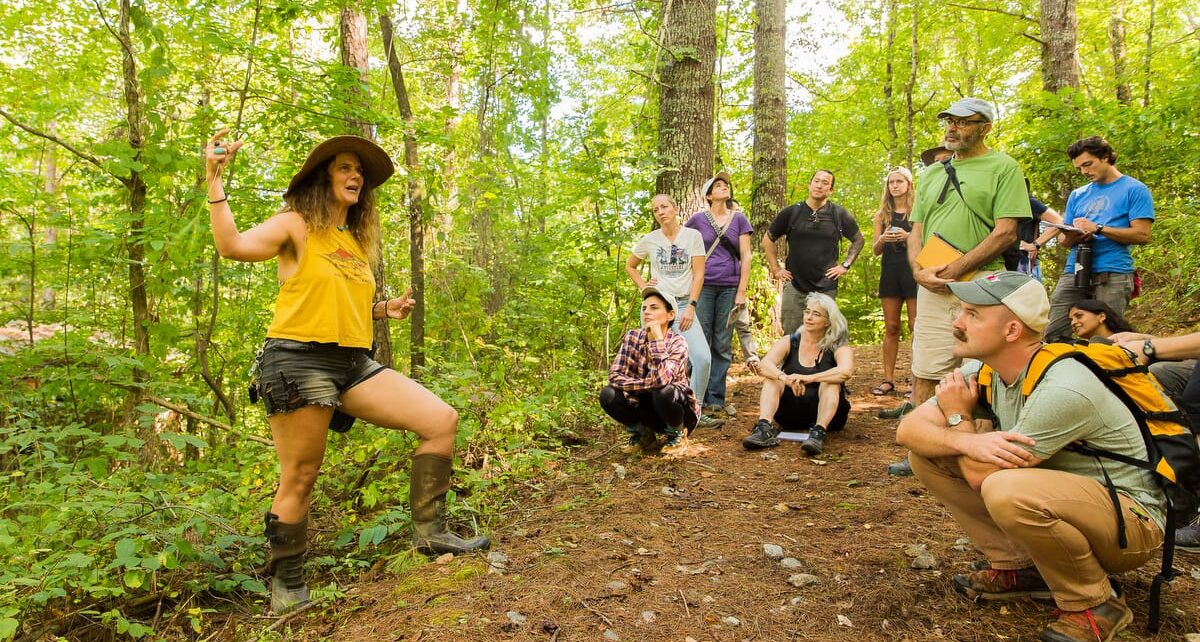
Ready to Join?
Join the waitlist and be the first to know when new classes open up for registration!
We’ll let you know when classes open for registration, and send you our fun and informative newsletters.
A classic PDC curriculum paired with bioregional planning & disaster preparedness and response.
This permaculture certification will teach you to become an effective ecological designer in relationship with landscapes and communities. You’ll learn tools and skills to integrate core permaculture ethics, principles, and whole-systems thinking into any situation or landscape.
We follow the Permaculture Institute of North America’s (PINA) 72-hour curriculum, which is based on permaculture founder Bill Mollison’s model. To this we’ve added unique course material covering topics that we find especially compelling (and useful), including a focus on disaster recovery & preparedness and design considerations for the Southeastern US bioregion, all with a focus on community-scale application of permaculture in our day-to-day lives.
- Disaster preparedness, recovery, and resilience. In the long wake of Hurricane Helene’s destruction, we’ll look at lessons learned throughout our region and explore ways permaculture can build resilience in an increasingly unpredictable world.
- Bioregional design. Permaculture is anchored in place; therefore, we’ll provide a focus on Southeastern ecosystems, food plants, wild edibles and medicinals, and design considerations. These conversations will be relevant to many other bioregions!
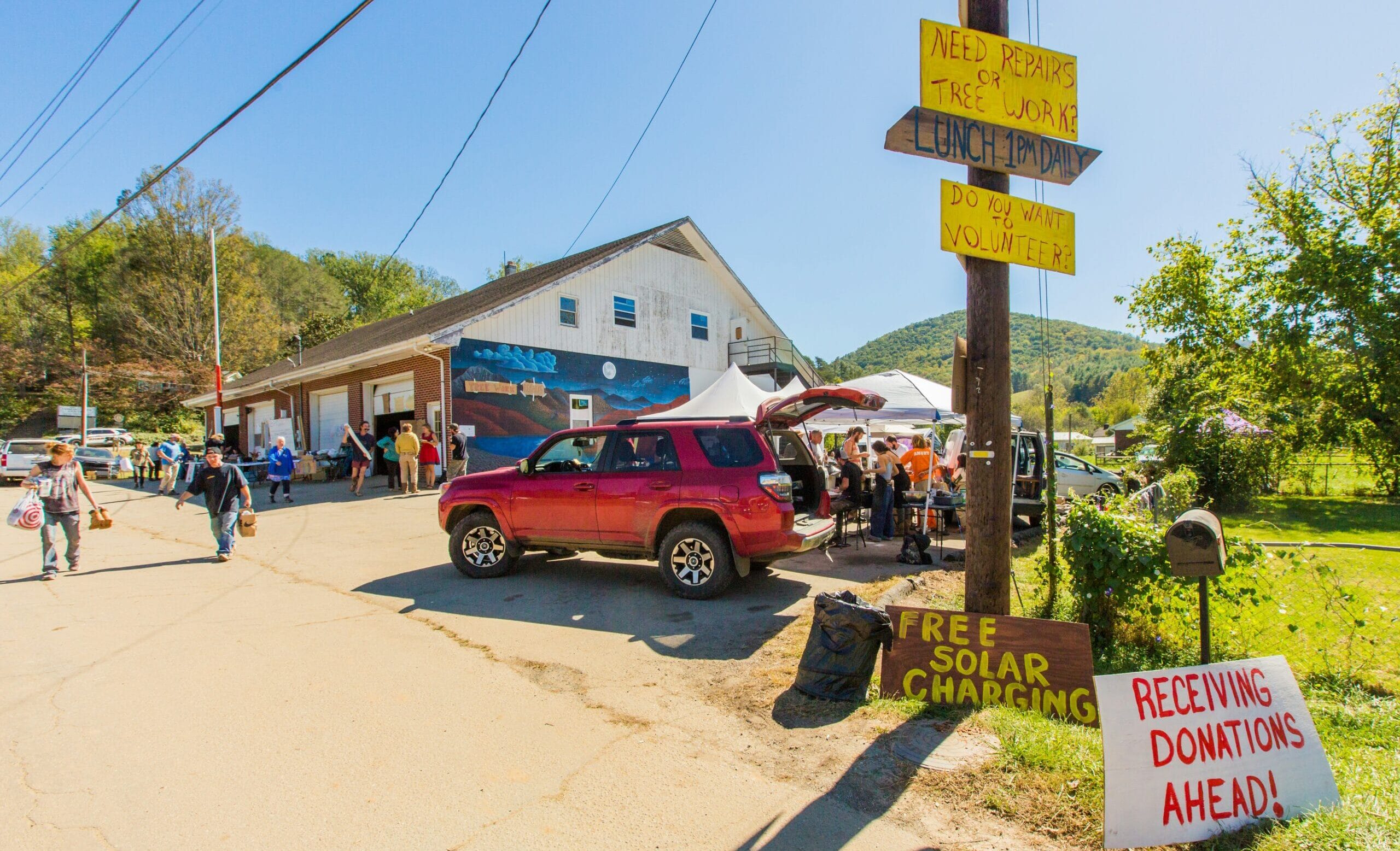
Special Focus: Designing for Disaster
As we continue adapting to an era of climate change, permaculture is a powerful tool for ecological preparation and protection. Recently, we lived through a climate-driven natural disaster of tragic proportions here in Western North Carolina: in the fall of 2024, Hurricane Helene brought massive flooding, along with tornadoes and landslides, that decimated homes, businesses, parks, forests, and entire towns.
We observed hard-to-fathom destruction all around us, yet our campuses remained relatively unharmed. Part of this was pure luck; no tornadoes dropped down on our home or school sites. The other part was permaculture: our campuses are thoughtfully designed to resist destruction and survive natural disasters. Of course we’re not impervious, but we are prepared.
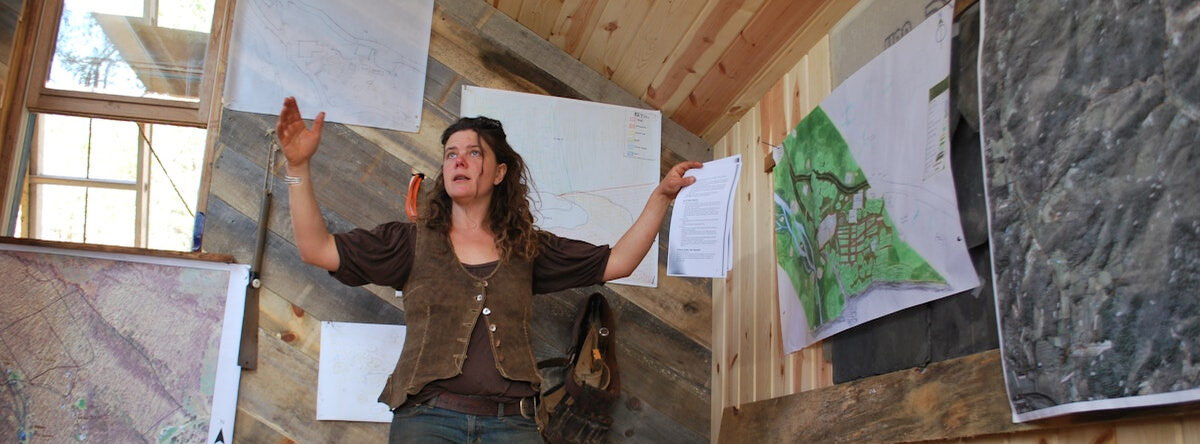
Permaculture design optimizes disaster preparedness and recovery.
Not only did permaculture practices help our gardens, structures, and water systems survive the biggest climate event we’ve seen here on the East coast, but it supported an integrated community process in the immediate wake of the storm. Permaculture isn’t just about food production and passive solar design; it includes an ethos for community care and cooperation.
Our 2025 Permaculture Certification Course delivers a special focus on disaster preparedness and response. This is an invaluable perspective for navigating what’s happening right now on our planet. Not only will you learn skills and tools for helping your yard and local ecology survive, you’ll learn how to help people and become an important resource for your community.
What Our Permaculture Design Course Students Say
scroll right to read more
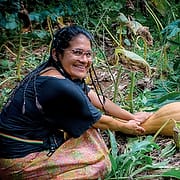
Rosie
Florida
Mom and Community Organizer
“Taking the Permaculture Design Course opened my mind drastically. The knowledge I gained will benefit my family, community, and myself tremendously. Thank you from the bottom of my heart.”
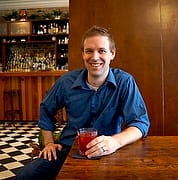
Nathan
Louisiana
Tax Preparer
“Not only will you learn all about permaculture, but you will be immersed in a new way of being that shows how we can live according to these principles. It’s not geared towards any one type of person or any experience level. All you need is the desire to learn about permaculture and the fortitude to make it through an intense program that is fun and will give you so many new tools to face life and start a farm, garden, or homestead. I was so thankful to have someone look at what I was doing and give me expert instruction. I learned an enormous amount and will be forever grateful for this opportunity. “

Dean
North Carolina
Retired Mail Carrier
“I thoroughly enjoyed this course. The teaching was extensive, and from very knowledgeable instructors: some of the leading figures in the permaculture movement. I highly recommend it.”
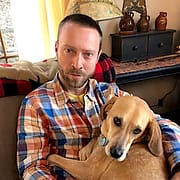
Kyle
North Carolina
“The Permaculture Design Course through Wild Abundance was a deeply enriching experience for me. The instructors’ knowledge in all areas of the course were vast and inspiring. Upon completion, I felt challenged and intrigued, looking to create as many positive relationships and changes in my life as physically possible.”

Cedar
Minnesota
“This immersive experience showed me what a functional, dynamic community looks like between humans, plants, animals, soil, etc.”
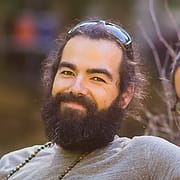
Scott
Weaverville, NC
“This course was a life changing experience. I went in with the expectation of learning how to group plants. I left with a heart that had been ripped open with love and a drive to build community like I never thought possible. I’d repeat this class in a heartbeat.”
Ready to Join?
Join the waitlist and be the first to know when new classes open up for registration!
Sep 5-16 (STANDBY ONLY*)
We’ll let you know when classes open for registration, and send you our fun and informative newsletters.
What is Permaculture?
Permaculture is:
- Mimicking nature’s patterns and cycles to create design systems for regenerative human habitats and systems.
- A way to meet human needs by cooperating with the living world, instead of trying to dominate it.
- A regenerative strategy for creating resilience in our times of climatic and social instability.
- A whole-systems design approach inspired by Indigenous practices that interweaves agricultural ecosystems, human communities, wild lands, and the built environment.
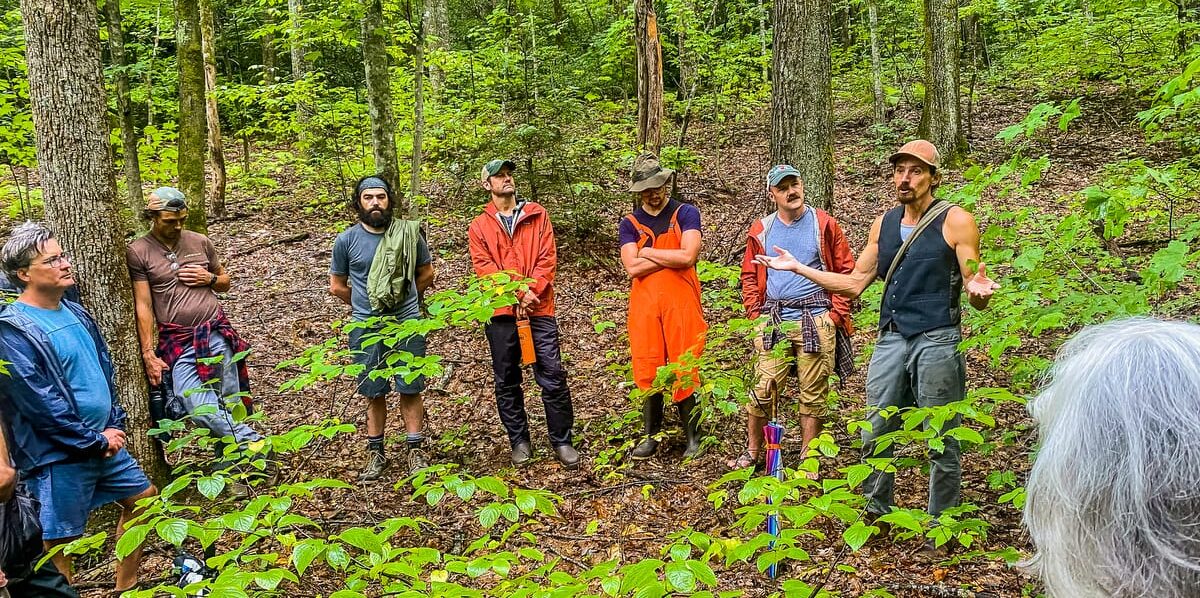
Indigenous and other Earth-based peoples have practiced these approaches for generations, without calling it “permaculture”; they are the original stewards.
In fact, permaculture is simply one modern set of tools, vocabulary, and techniques for remembering this original relationship between humans and the greater-than-human world. Throughout this permaculture design course, we’ll be working with 20 permaculture principles, each of them derived from common aspects of Earth-based, Indigenous cultures of the past and present. They are all qualities and behaviors that can be observed in the wild world.
You’ll get to see the principles at play in various landscapes and observe how permaculturists work with these principles to design and build functional, sustainable systems. These principles of permaculture aren’t just something you learn about, they’ll get into your mind and body as a new framework to engage with the world.
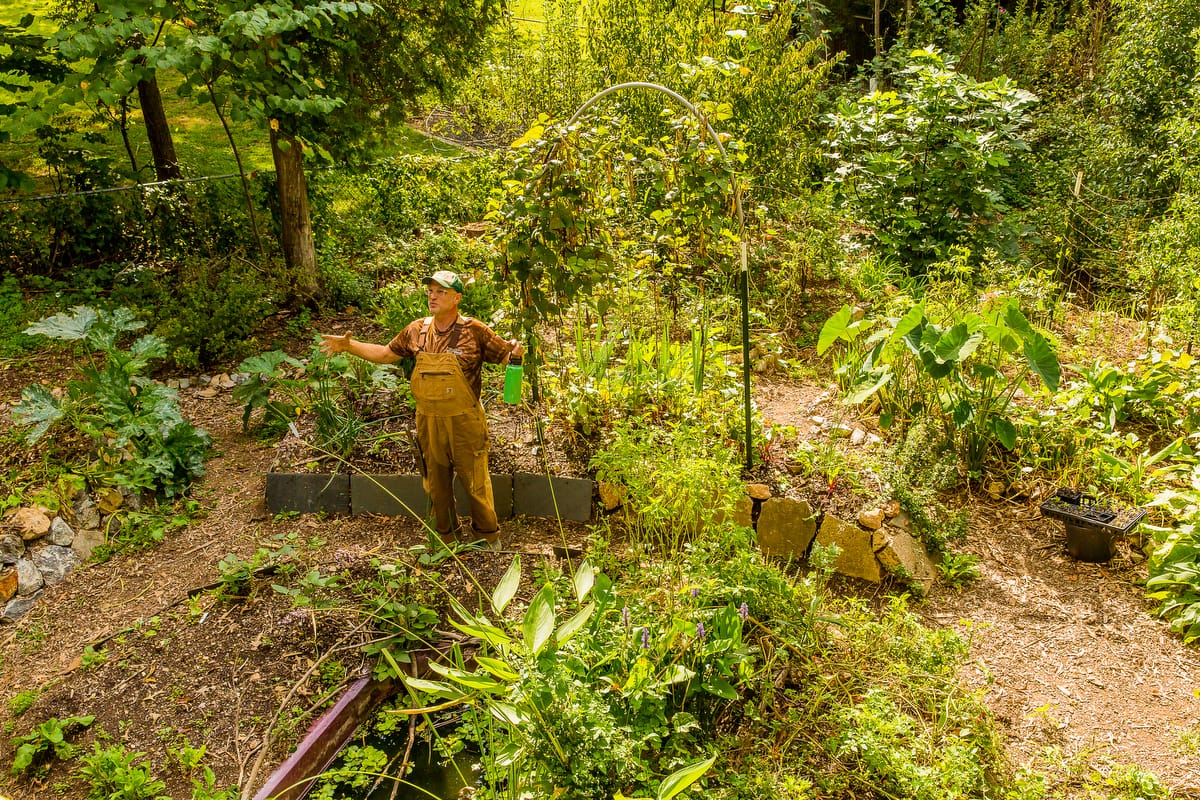
Permaculture utilizes a diversity of tools and techniques.
Permaculture is an interdisciplinary approach to ecological design. That means it involves lots of different tools and techniques, including mapping and measuring, observing the movements of water and wind, gardening, building thoughtful structures, and even integrating human communication. It’s a way of looking at, understanding, and engaging with living systems that takes into account both the big picture and the minute details.
The goal is to help us make smart choices about how to design and interact with the environment around us. In practice, permaculture involves identifying the interrelationships of living systems and engaging specific tools and techniques to guide what we do with respect for those systems.
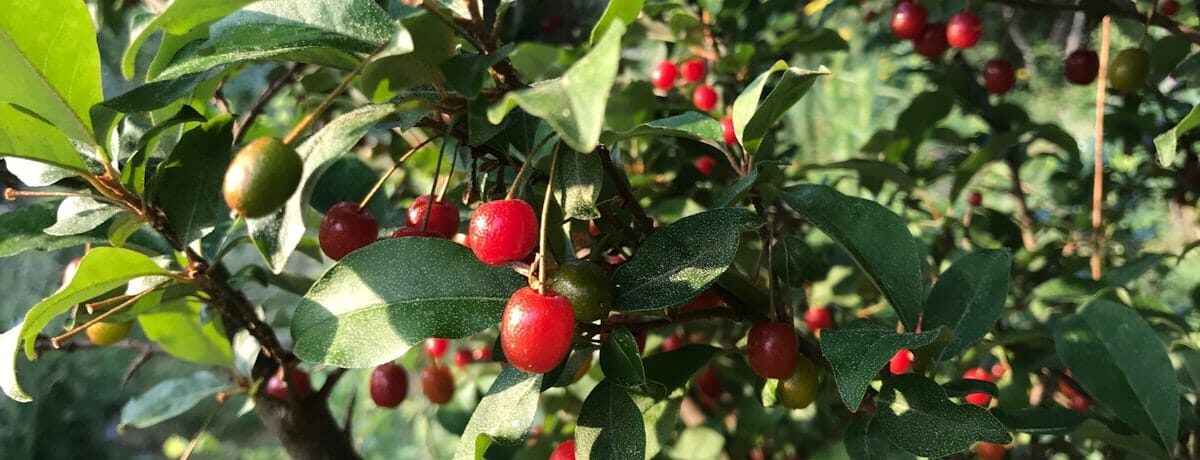
Core Curriculum Topics
With permaculture’s core principles and ethics guiding us and weaving everything together, we’ll dive into the ideas, skills, and tools that will allow you to apply permaculture to your life and landscape. These are the nitty-gritty subjects that form your toolbox as you move into the design process. What’s awesome is that we teach most of them outside at a site where you can see them in action—even our lecture-time will be in comfortable outdoor spaces and eco-conscious buildings if it’s not in the gardens, forests, farms, or creeks.
Core topics we’ll cover include:
- Principles of ecology and the local ecosystem
- Introduction to agroforestry guilds
- Reading the land and observing patterns
- Plant identification and succession
- Climates, biogeography, and microclimates
- Gardening and soil science
- Holistic forestry and orcharding
- Conservation and renewable energy
- Waste, recycling, and bioremediation
- Social ecology and invisible structures
- Economics and budgeting
- Home, ecovillage, and community design
- The built environment
- Water systems, conservation, and catchment
- Earthworks and broad-scale landscape design
- Incorporating animals
- Appropriate technology
- Designing for catastrophe
- Access to land
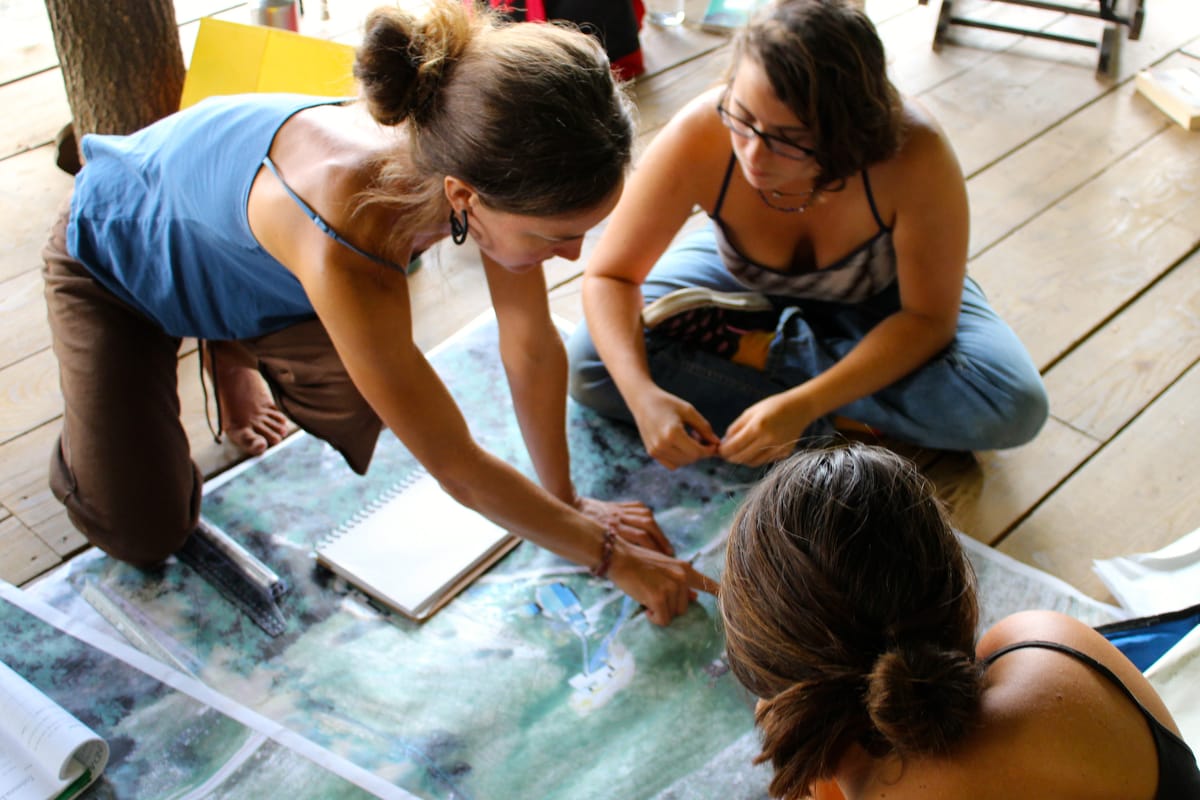
Group Projects for Permaculture Design in Process.
An important element of our Permaculture Design Certificate Course is to engage students in an active design project for a real landscape. In small groups, students will work on and complete permaculture designs over the course of the class. This is how all of the myriad tools and topics become synthesized into an actionable plan for engaging with a place.
We’ll have a selection of different design projects with different goals and scales, to allow you to engage with a group and a project that feels relevant and exciting to your life. Throughout the course we’ll teach you all the nitty-gritty steps of design, along with the bigger-picture aspects of creating a permaculture plan.
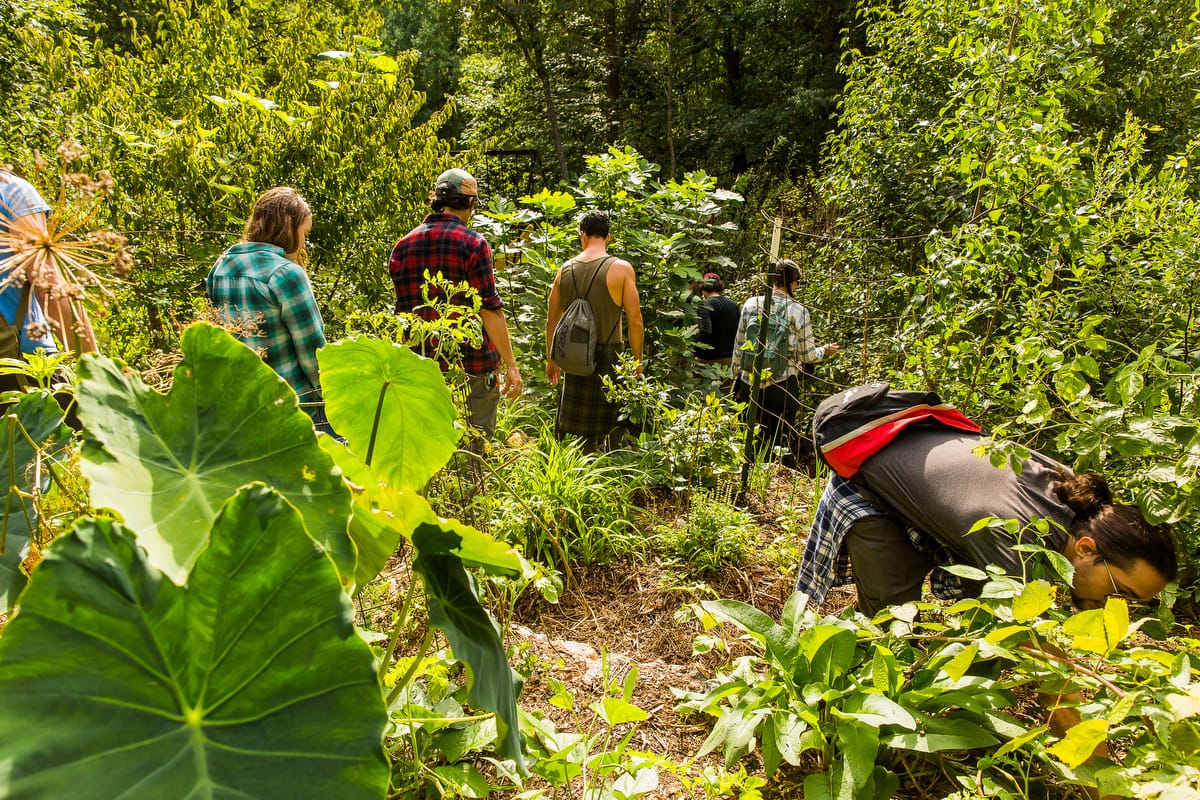
Delve deeply into plants for permaculture.
Part of why this class is so special is because it takes place amongst a permaculture oasis here in the Southeast. Throughout the Wild Abundance campus, you’ll get to touch, smell, and taste dozens of plants that lend themselves beautifully to permaculture landscapes. These include wild edibles and medicinals, common cultivated crops, and both annual and perennial food plants, along with unusual cultivars and rare varieties.
Some of the plant-based topics we’ll cover include:
- Edible perennials for the Southeast and beyond
- Growing food on various scales
- Wild foods and plant ID in the magical Appalachian mountains
- Farming the forest
- Food as medicine
- Biocultural foodways and approaches to developing cultural topsoil
Ready to Join?
Join the waitlist and be the first to know when new classes open up for registration!
We’ll let you know when classes open for registration, and send you our fun and informative newsletters.
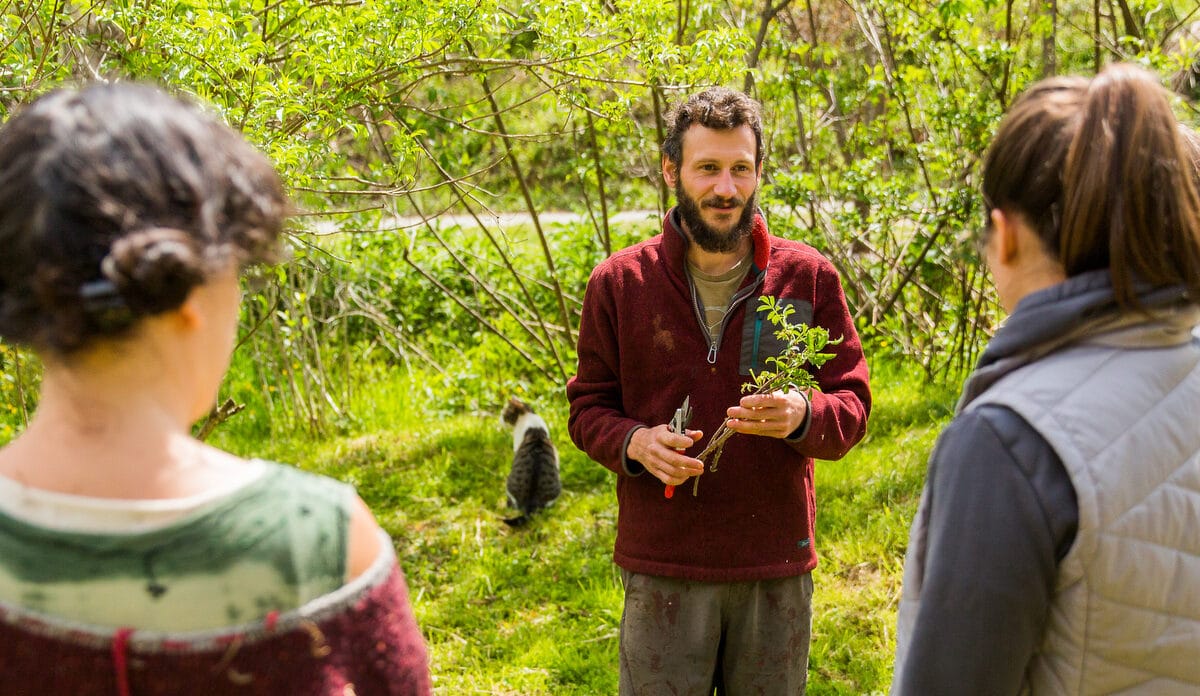
Enjoy educators who speak from experience and embrace mentorship. And women’s empowerment!
We’re lucky to live in a hotbed of ecological farmers, seasoned communitarians, and modern-day back-to-the-landers. Folks at Wild Abundance and the surrounding area have been putting permaculture into practice for decades. This means we’ve got access to a stellar array of teachers to cover the many diverse aspects of permaculture design and implementation.
Revolutionize how you relate to the Earth and your everyday life through our permaculture design course.
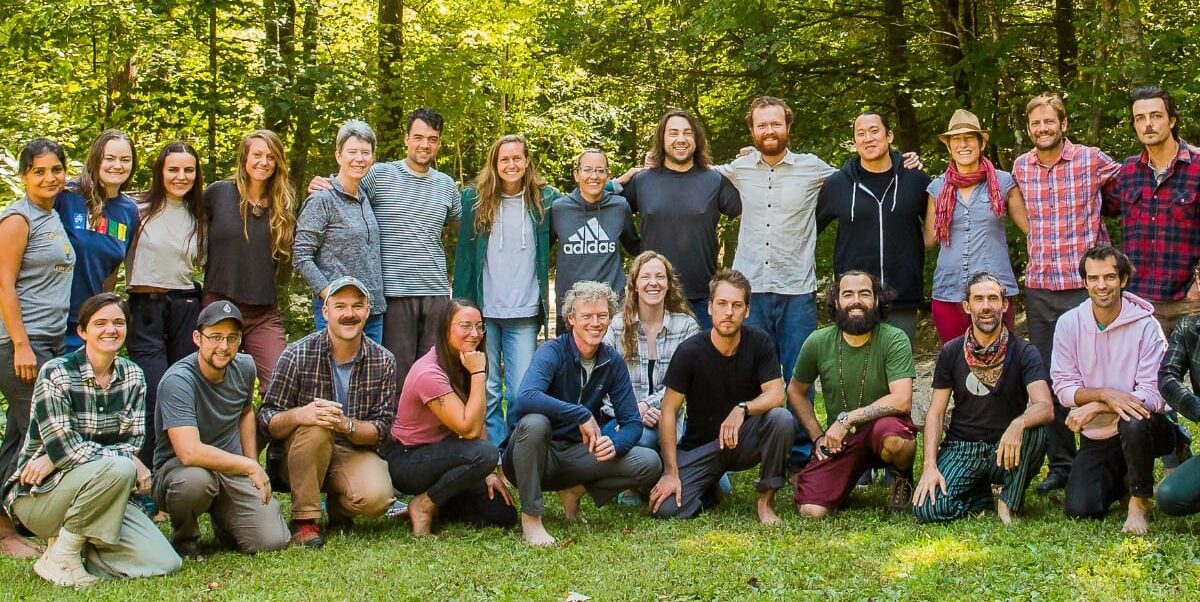
Earn your Permaculture Certification while nurturing connection & building community.
As we learn together, we’ll also have time for connection and reflection. Each day, students are encouraged to cook and partake in meals together, which gives you a chance to deepen your relationships outside of “class time.”
Learn to integrate a whole-systems approach to your life and landscape.
This permaculture design course is as much about embarking on a journey of togetherness as it is about learning “hard skills.” In fact, the majority of our students tell us that the bonds they form and experiences they share are some of the most precious fruits of their permaculture design course experiences, and that the friendships and working relationships forged are some of the most meaningful that they have.
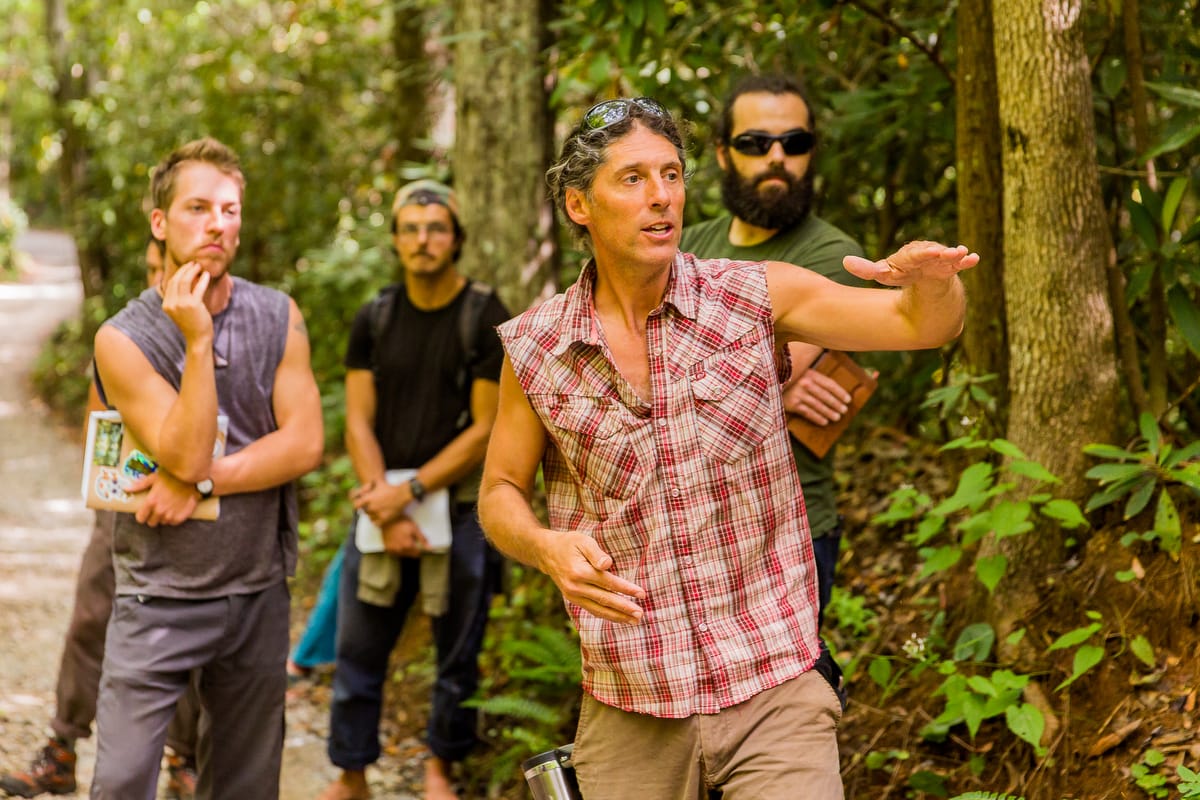
Permaculture Design Certificate Course Structure: This is an Intensive.
Permaculture is a vast area of study. A whole lot of information and skills are packed into the permaculture design course curriculum. Each day of learning is very full, including morning, afternoon, and occasional evening sessions. We incorporate breaks into the flow of the class, but keep in mind that it’s an intensive. You’ll be living, breathing, and probably dreaming about permaculture during the course. As one student put it, “I really really loved this course so much and never could have guessed that we would cover so much in so little time!”
Ready to Join?
Join the waitlist and be the first to know when new classes open up for registration!
Sep 5-16 (STANDBY ONLY*)
We’ll let you know when classes open for registration, and send you our fun and informative newsletters.
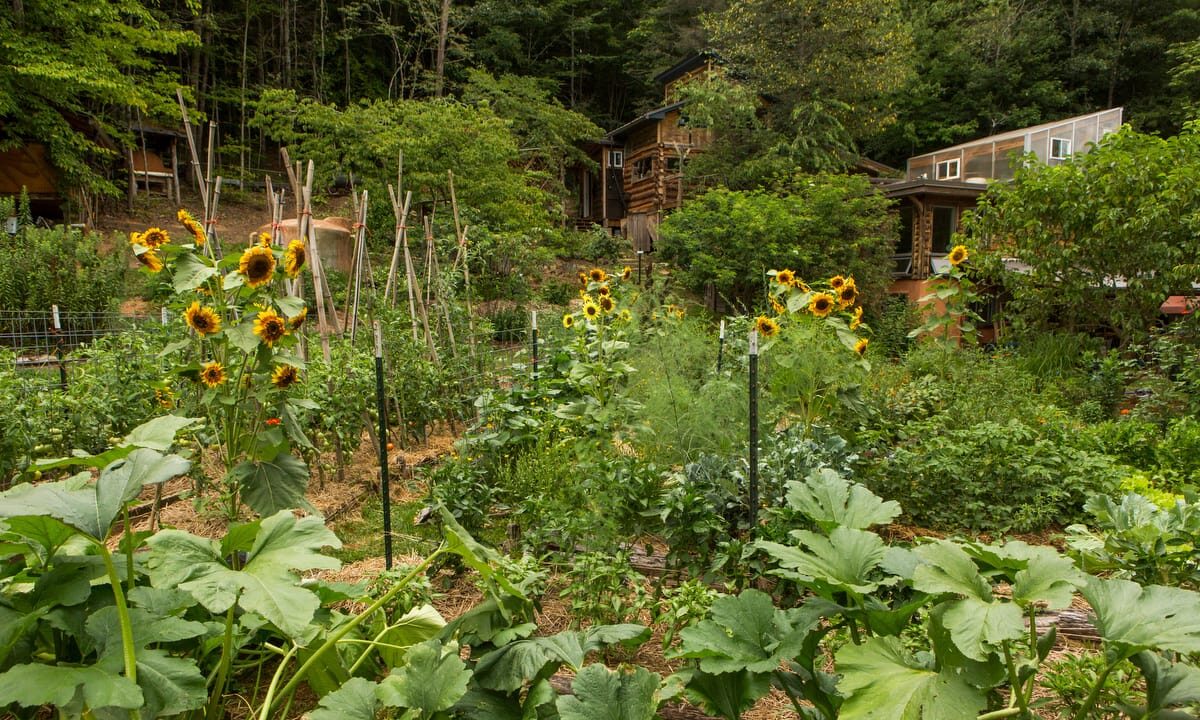
Who is this Permaculture Design Course for?
This intensive permaculture design course is appropriate for everyone interested in applying Earth-inspired philosophies to their lives and communities, and also for those pursuing a career in permaculture design. This year, we’re excited to offer a special focus on disaster preparedness and response that will help us all as we navigate the uncertain terrain of climate change. All students will cultivate a deep engagement with the ecological and human systems of which they are an integral part.
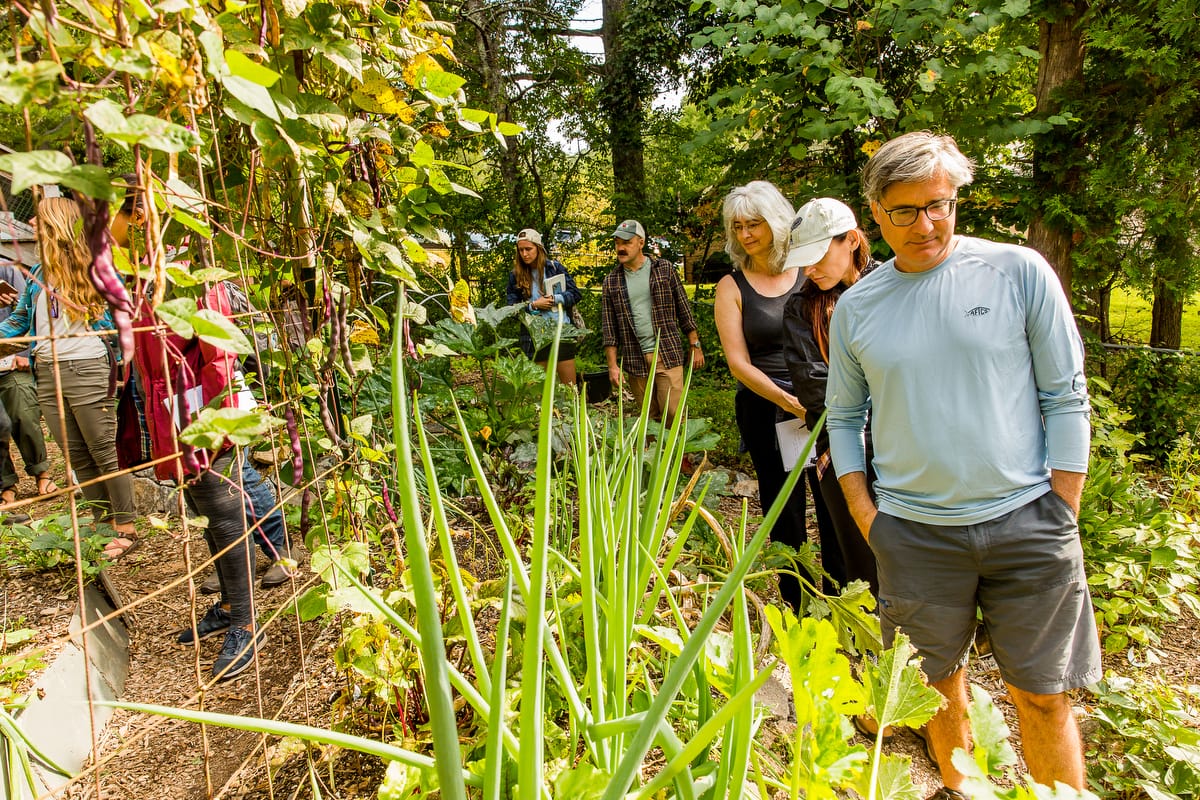
Our students have come from many walks of life. For example, we’ve nurses, coaches, college students, engineers, parents, taught gardeners, builders, teachers, landscape designers and architects, writers, herbalists, lawyers, and more. Permaculture principles can be applied to diverse places and situations. Indeed, the special focus of this permaculture certification course is bringing a permaculture approach into our functional lives and communities.
This course is accessible and relevant to everyone who wants to live their life more in-tune with living patterns and cycles. And it’s especially relevant for those who want to be agents of positive change and healing in this beautiful, vulnerable world.
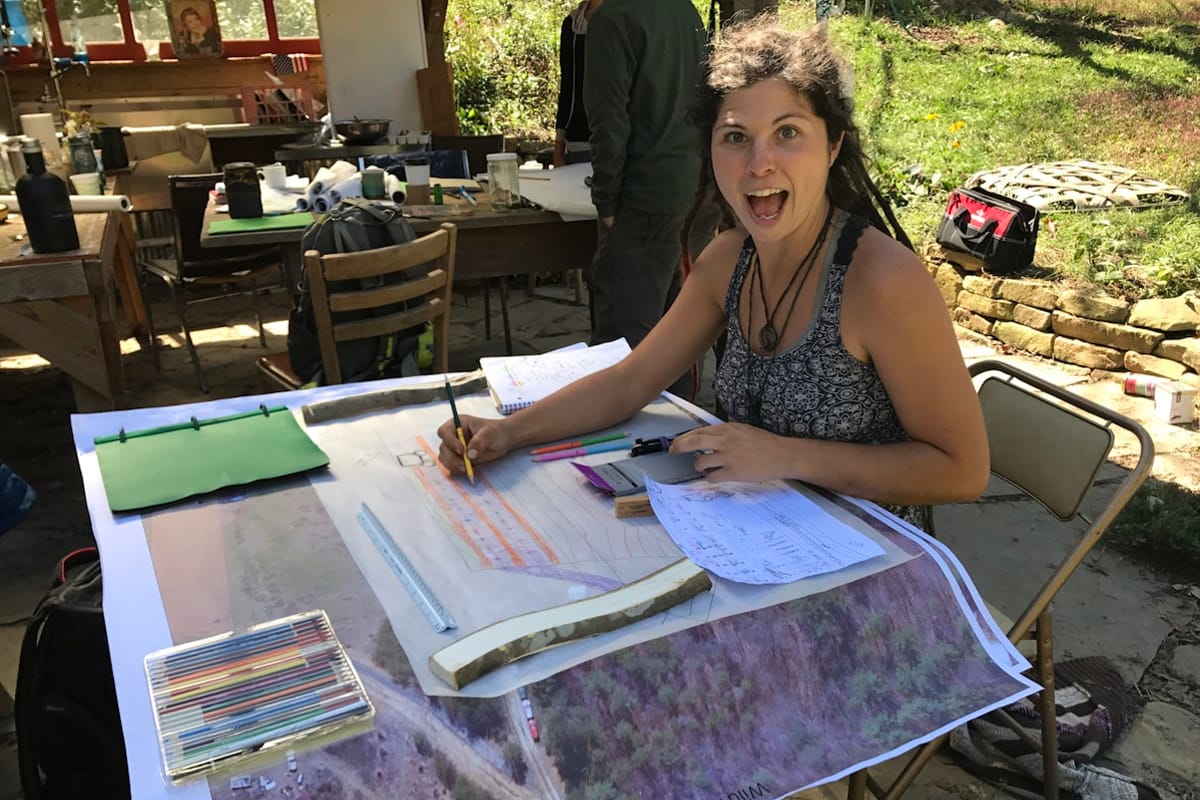
Receiving your Permaculture Design Certification.
Once you’ve completed the course and submitted and presented your final design project, you will earn your Permaculture Design Certificate. This recognizes all the work that you’ve put in and all the skills that you’ve learned and demonstrated throughout the course. It’s a jumping-off point to your unique integration of permaculture into your life, whether you plan to design for a living, want to work on your own land, or hope to engage these concepts on a community scale.

If you do plan to make a career out of permaculture, we advise that you first invest a significant amount of time applying your skills to real-world landscapes before advertising your design skills. The permaculture design certificate marks the beginning of the road for a professional permaculture designer.
Want more land-based skills? We’re also offering a Gardening & Permaculture Apprenticeship in 2025, plus a Design and Installation Intensive.
Ready to Join?
Join the waitlist and be the first to know when new classes open up for registration!
Sep 5-16 (STANDBY ONLY*)
We’ll let you know when classes open for registration, and send you our fun and informative newsletters.
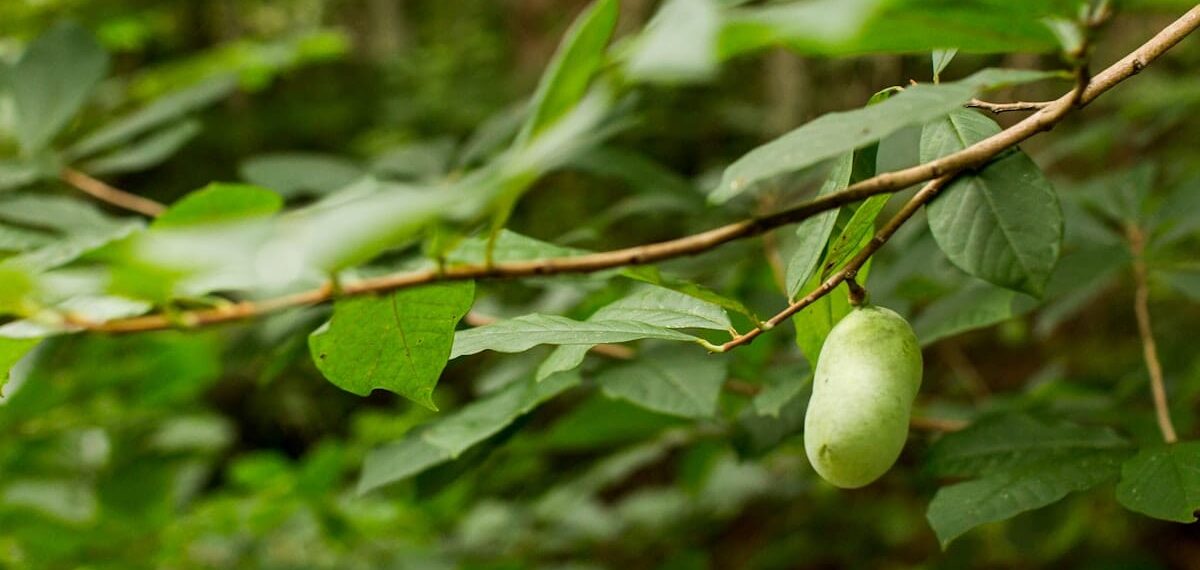
Frequently Asked Questions about Our NC PDC
This 12-day intensive takes place at a southeastern permaculture paradise and features a special focus for 2025: disaster preparedness & response for an era of climate change.
The course offers over 84 hours of instruction and integrated, hands-on learning experiences. That’s 12 more instruction-hours than the 72-hour standard permaculture design course curriculum, which is typically only 10 days in length. This longer immersion allows more time for hands-on projects, tours, special topics, conversations with instructors, and additional experience in the permaculture design process.
In this permaculture certification course you’ll have the opportunity to deepen your leadership in the communities and endeavors you are a part of, so you can find your niche in addressing the complex bio-cultural challenges we are facing at this time. Permaculture design principles help us to design any kind of system—land use, business, personal relationships, or organizational endeavors— which mimic ecosystem dynamics while taking care of people and empowering marginalized communities.
The permaculture design course is an intensive! Class blocks include bathroom and stretch breaks. The following schedule is tentative, with changes on days when there are field trips or special guest lectures. However, each day will be very full throughout the course.
Yes! Taking a permaculture course is an immersive experience of connection with your fellow students, instructors, and the living world. In it, you’ll learn tools and techniques for systems thinking, mapping, relating with the landscape, understanding plant guilds, and much more. No matter what you do or where you live, the information and new perspectives you learn in a permaculture course will prove useful and enriching. Permaculture isn’t just about gardening or landscaping, it’s about seeing the world as a dynamic, interconnected community of beings and empowering yourself to collaborate in a way that helps everyone thrive.
An in-person permaculture design course provides you with real-world, hands-on experience. You’ll get to see permaculture in action, at a community scale, where folks have been at it for decades. You’ll also be able to apply what you learn as you go, getting a feel for how things work as you learn about them. What’s more, you get to make personal connections with instructors and fellow students, experiencing the social elements of community building that are so crucial to implementing permaculture on a societal level.
Permaculture is a blend of theory and practice. Online permaculture certifications and design courses can be full of wonderful information, but they don’t provide an opportunity to practice what you learn with real-time, on the ground support. Graduates from our permaculture design course who’ve gone on to take online permaculture courses have found online learning to be a wonderful complement to—but by no means a suitable replacement for—an in-person course. Similarly, we’ve had students take our PDC after completing an online course, and they’ve found great value in the hands-on aspects and the community building, plus the content review.
Permaculture is about way more than gardening. In fact, it’s not even a particular way of gardening. It can include various agricultural techniques like French Biointensive, Korean Natural Farming, or Biodynamics. Permaculture is actually a way of seeing and working with systems. All place-based peoples and cultures practice, and practiced “permaculture,” without calling it that. Permaculture as we know it today is simply one set of tools, vocabulary, and practices for engaging with life in a way that honors the wisdom of the greater-than-human world. Some permaculture projects don’t involve growing food at all, although many do. Other areas in which permaculture can be applied (beyond the garden) include the design and construction of buildings, power systems, landscape-scale layout, perennial plants and orchards, interpersonal and community dynamics, decision making, business structure, and social movements.
Yes! The content of the PDC course will be applicable to any location. The foundational principles and approaches to design translate easily from place to place. Some specific information about plants may not be applicable where you live, but you’ll leave with tools for researching plants that suit your climate. We’ve had students from Zones 4 – 9. Each of them have been able to apply what they learned in the permaculture design course to their home environments.
Permaculture principles can be applied to any place or community, even urban settings. Some of the material-world techniques of permaculture, like swales and berms, are more appropriate for medium to large sized yards or acreage; however, much of what you’ll learn will be applicable on any scale, even designing your household or patio garden.
A permaculture design certificate signifies that you’ve completed the requirements of at least 72 hours of instruction, including the topics laid out by permaculture founder Bill Mollison. Earning this certificate shows that you’ve put in the time and commitment to learning permaculture design from reputable teachers. A Permaculture Design Certificate is not a license and won’t automatically open any doors for you professionally. However, clients and employers alike will recognize its value, as permaculture is becoming more and more well known.
Since permaculture can apply to a wide range of activities, there are many ways to use your certificate. Some examples include landscape design; development of your own project/property; consulting with schools, businesses or individuals; designing for schools, businesses or individuals; incorporating permaculture into educational curricula; doing permaculture-oriented social projects’ and incorporating permaculture principles into the work that you already do.
Taking a permaculture design course is the first step to becoming a permaculture designer. From there, you can work with your own place, or that of friends or neighbors to hone your designing skills. It’s wise to see your designs through to implementation before hanging a shingle as a designer. If there are permaculture designers already working in your area, mentorship is another great option on the path toward that profession. Once you feel confident in your design skills, and have seen the results on your own land, and preferably on other lands, you are ready to advertise yourself as a permaculture designer. At any point, you can incorporate permaculture design into your life and career!
Yes! Permaculture can be applied to all kinds of situations. You don’t need to own your own land or have a garden in order to use what you learn. The principles of permaculture can be used to design a business, a household, a landscape, or really anything else. Given the prevalence of natural disasters in recent years worldwide, we are going to focus on designing for disaster and disaster response, which sadly, will likely be a skill that will come in very, very handy in your lifetime. Having these skills may help you to help your whole community!
Some of what we cover will be more applicable to human communities than land projects. Many of our graduates have gone on to work with community or school gardens or to develop businesses that utilize their skills with other people’s properties or projects through design and consulting. In fact, it can be advantageous to complete a PDC before starting a garden or land project, so you can know what you’re looking for and make a solid plan before you begin. For more on how permaculture can set a good foundation for a new land project, check out How to Live off the Land: A Permaculture Guide. Additionally, since permaculture can be applied to so many situations and projects, what you learn will be useful in many other areas of your life, beyond land-based living and growing food.
Instructors
Natalie Bogwalker
Justin Holt
Chloe Lieberman
Scotty Greenheart
Luke Cannon
Frank Salzano
Jennifer Verprauskus
George Brabant
Ben Falk
The Permaculture Design Certificate Course is held at the Wild Abundance Sanford Way Campus
Wild Abundance’s original home campus is on Sanford Way in Barnardsville, NC. It boasts many gorgeous and functional features, like a leaf-shaped organic permaculture garden, a food forest, a hand built log cabin, an open-air classroom topped with solar panels, and a stunning wattle and daub outdoor kitchen.
Please note: our campuses are all unconventional, with rustic amenities and uneven ground. Read more about Planning your trip and about our campuses. It takes about 25 minutes to get here from Asheville.
You’ve got several options of where to stay during your class. Some students camp, some locals commute, and others choose to rent accommodations with more creature comforts.
Onsite camping (with your own warm bedding and rainproof tent or hammock) is available for free to all students (including locals) during class. Some set-up-for-you tents are available with cots and cozy bedding for a flat fee.
Campers and all students have access to a lovely outdoor kitchen equipped with a stove and hot and cold water, plus pots and pans, knives and cutting boards, bowls, plates, and utensils, along with an outdoor shower with hot and cold running water and outhouse. If you’d rather rent a hotel, house or cottage, there are many available. We’ll share a curated list of nearby options once you’ve registered.
So you can better plan your trip to come learn with us, here’s some info on accommodations we offer, or that we link to in the student handbook you’ll receive upon registration. Below it you’ll find info on transportation.
- Camping with your own gear: free
- Staying in a large tent with a cozy cot and bedding that we set up for you: $200 flat fee; you can stay there anytime from 5pm before the first day of your class, to 12pm the day after your class ends.
- Hyper-local off-campus single rentals: $40-$2000/night + fees
- Hyper-local off-campus couples rentals: $20-100/person/night + fees
- Hyper-local off-campus group rentals: $25-$86/person/night + fees
Wild Abundance students are given awesome discounts at a local hotel, and a hyper-local inn. More information given in the student handbook upon registration.
Getting a place or renting a car with a group of fellow students and carpooling are great ways to make connections and reduce costs! We share contact info for each class so you can get in touch and make plans together. Everyone has a chance to keep their info private if they choose.
Our campus is about 25 minutes north of Asheville, 40 minutes from the Asheville Regional Airport, and 2.5 hours from the Charlotte International Airport. You’ll get detailed directions of how to get here upon registration.
You won’t need a car during your class. There’s a chance you may want to run an errand or go out to dinner with fellow students, and if this happens, it’s highly likely that another student with a car will be happy to give you a lift.
We’ve also got a list of folks who will do airport and grocery shuttle runs for $50-$80 each way. We share this information in the student handbook when you register. If you’d rather rent a car, those run anywhere from $45-$200/day. Just like with lodging, teaming up with a group of fellow students to share a car rental can help build connections and reduce costs.
Pricing for the Permaculture Design Course
Single Class: $1800-3600*
*Please pay what you can within this range. The median price helps cover the class costs. Choose the low end if you’re low income, or the maximum fee if your household earns over $115,000/year. Place yourself within this range based on your income.
